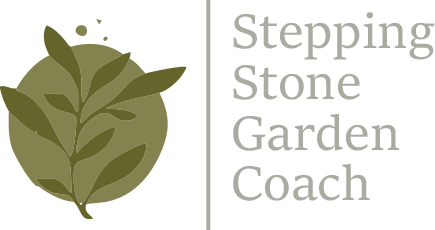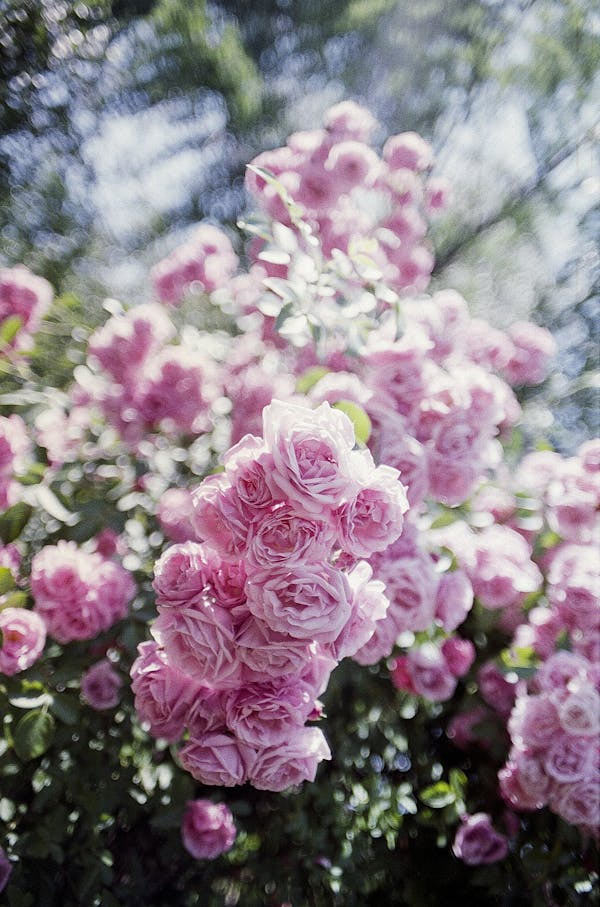When most people think of roses, they imagine high-maintenance divas that demand constant pruning, pest control, and careful soil prep. But did you know there are native roses that thrive with far less fuss—and offer just as much charm?
Native roses are tough, beautiful, and pollinator-friendly—exactly what we love to see in Florida gardens. Today, we’re digging into the basics of these wild bloomers and why they might be the perfect addition to your landscape.
What Is a Native Rose?
In Florida, the most widely recognized native rose is Rosa setigera, commonly known as the climbing prairie rose. While Florida isn’t overrun with wild rose species, this one holds its own with a natural grace and resilience that exotic hybrids just can’t match.
Other southeastern-native roses like Rosa carolina (Carolina rose) and Rosa palustris (swamp rose) may also do well in the right conditions, especially in North and Central Florida gardens that mimic their preferred environments.
Why Grow Native Roses?
Low Maintenance – Unlike their hybrid cousins, native roses adapt to our soil and climate, often thriving with minimal fertilizer or pesticides.
Pollinator Magnet – Their open, single-petaled blooms are a beacon for native bees and butterflies.
Flood Tolerant – Species like Rosa palustris are adapted to wet, marshy conditions and can survive the rainy season.
Pest Resistance – Wild roses are generally more disease-resistant than ornamental varieties.
How to Grow Native Roses
Sunlight: 6+ hours of full sun per day.
Soil: Well-draining sandy or loamy soil. Swamp rose prefers moist soil.
Watering: Moderate—once established, most native roses are drought-tolerant.
Spacing: Give them room! Native roses can sprawl or climb, depending on the species.
You can train Rosa setigera along a trellis or fence, or allow it to scramble along the ground. Just be sure to give it something to cling to—it’s a natural climber!
Bloom Time & Appearance
Most native roses bloom late spring through summer.
Flowers are typically pink to soft rose-colored, with a mild, sweet scent.
Blooms are often followed by vibrant red hips, a favorite winter food for birds and a valuable herbal ingredient.
Where to Find Them
Native roses can be tricky to find in big box stores, so check your local native plant nursery or Master Gardener plant sale. Look for plants that are pesticide-free, especially if you plan to attract pollinators.
Final Thoughts
Native roses are more than just a pretty face—they’re a sustainable, pollinator-friendly alternative to imported hybrids. They may not have the over-the-top flair of floribunda or tea roses, but what they offer in resilience, beauty, and biodiversity makes them a true garden treasure.
If you’re looking to create a Florida-friendly landscape with less maintenance and more ecological value, native roses deserve a place in your plans.
Need help designing a native garden bed or finding the right plants for your space? I’d love to help.

